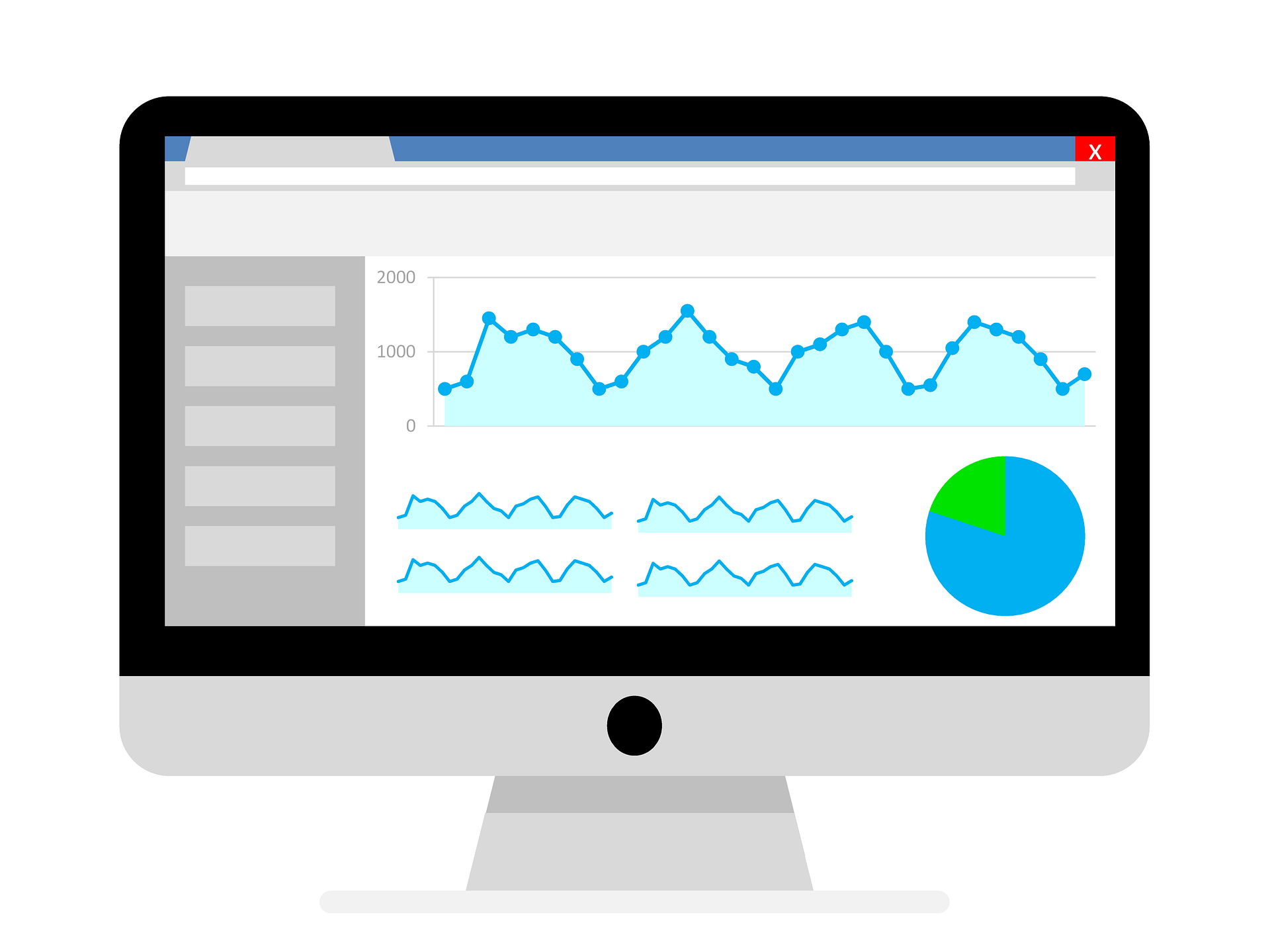In May 2021, Google rolled out the so-called Page Experience Signal which prioritizes user experience (UX) as a key SEO ranking factor. Page Experience includes the Core Web Vitals which assess the real-world UX for loading performance, interactivity, and visual stability of webpages.

There are three key core web vitals: namely the Largest Contentful Paint(LCP), First Input Delay (FID), and Cumulative Layout Shift (CLS). Not only does Google use these measurements to determine your site’s ranking and the overall amount of exposure it gets, but because your core web vitals are directly representative of your page’s speed and overall performance, they also determine the quality of your site’s user experience.
CLS (Cumulative Layout Shift):
Via algorithm, Google determines whether or not your site would be visually appealing and easy to view for the majority of users, and it generates an actionable metric for you. Your CLS score will be determined by features such as image placement, text alignment, color patterns, and more.
LCP (Largest Contentful Paint):
A key aspect of any site’s operation is loading speed. LCP measures how fast the largest piece of content on the page takes to load. Usually, this is a picture or other large piece of content, and it’s a good benchmark for your site’s loading speed, overall.
FID (First Input Delay):
First Input Delay is how long it takes for a site visitor to initiate their first interaction with your page. This is measured in milliseconds. Ideally, you want that first input to take place within 100 milliseconds. According to Google’s ranking system, a 100-millisecond FID score is above average and the ideal goal for any site. Performance starts to decline with a 200-millisecond FID score, and at 300 milliseconds, your rating is considered poor.
Why are Core Web Vitals Important?
If your vitals are scored low, users are likely having a poor experience, and your site isn’t getting ranked at the top of pages. Your core web vitals directly reflect your visitors’ experiences on your website. The better the experience, the more likely visitors are to convert and generate revenue for you. By improving your core web vitals as much as possible, you ensure that your site is performing optimally and satisfying visitors.
How to Improve Core Web Vitals
Starting with your FID score, one of the best ways to improve is to reduce unused JavaScript and memory usage. When Java is slowed down due to a lack of memory or unnecessary scripts running, it reduces your FID score.
To improve your LCP, a common technique is to implement “lazy loading”. Lazy loading waits to load images and animations until the user actively scrolls to them, and this prevents them from counting toward your overall load time. Site performance and loading speeds in general are improved, as well. You should also consider compressing and optimizing images as much as possible (without compromising visual quality) to help speed up loading times.
Finally, a major factor determining your CLS score is whether or not the dimensions reserved for images and other embedded content are set properly. When you don’t give enough space for the elements of your website, your CLS score lowers due to the page having to reallocate space for those items on the fly.
Conclusion
Core Web Vitals cannot be overlooked. If optimized the right way, it can help boost your website’s rankings. If you are like many people, core web vitals can be a headache especially if there are a lot of moving parts involved to sort your site’s speed issues. The experts at Techna Digital can help fix core web vital problems and further improve your SEO.
Interesting Related Article: “Do Ads Affect Your Core Web Vitals Score?“
